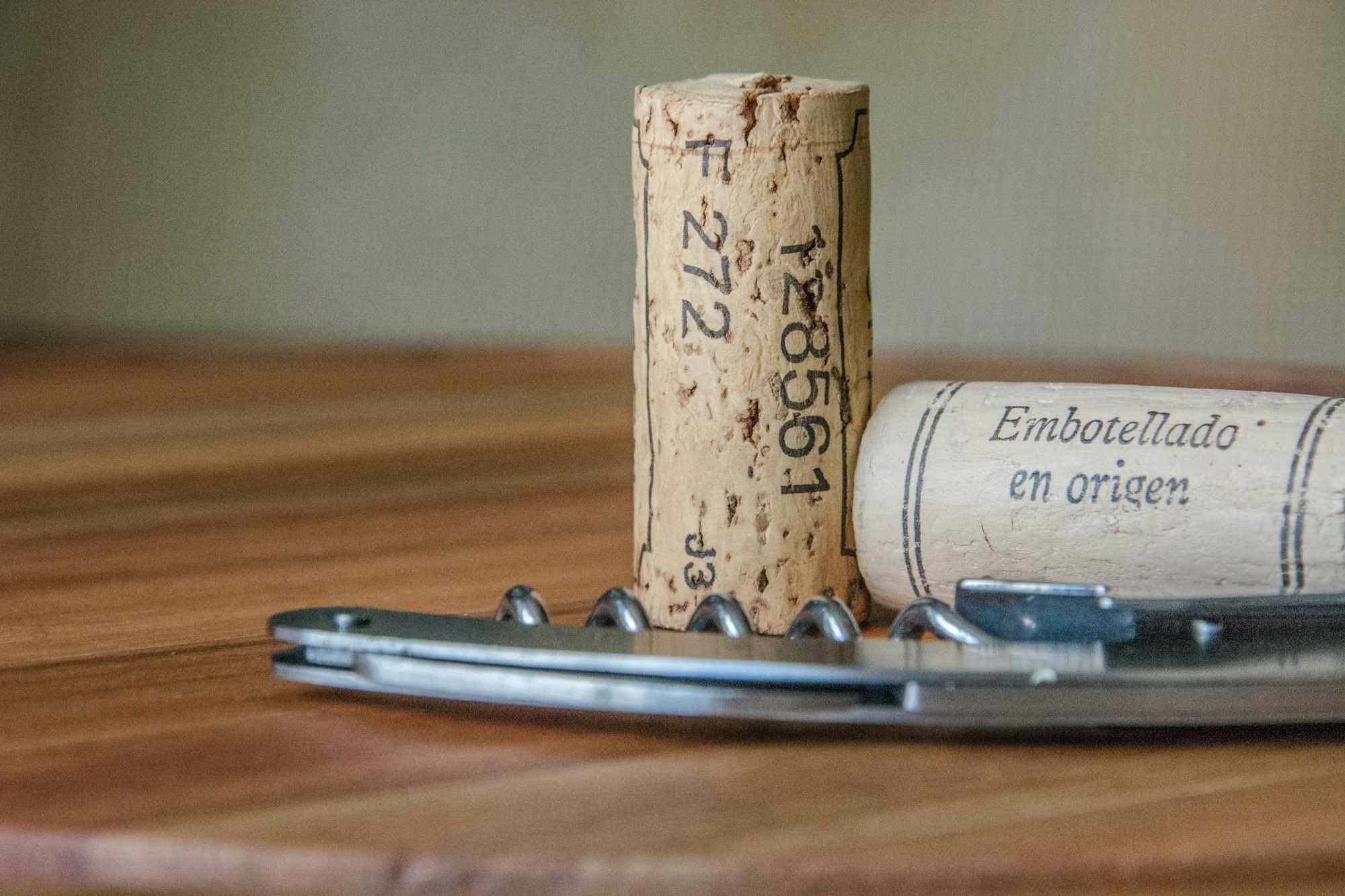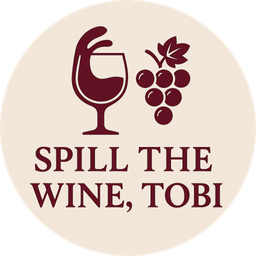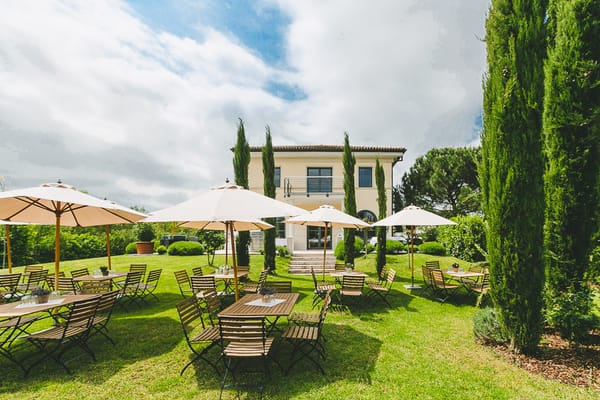Sweetness in Wine – More Than Just Sugar 🍭🍷
From off-dry Riesling to Port and Pedro Ximénez—sweetness in wine is more than sugar. It’s balance, beauty, and a whisper of complexity.

Welcome back to Spill the Wine, Tobi and part two of our journey through the five profiles that shape every wine experience.
In our last post, we explored Body - how wine feels in the mouth, like the difference between water and cream. Today, we’re exploring something that’s often misunderstood and deeply underestimated:
In case you missed the last post, check it out here:

Sweetness.
It’s one of the most layered, misjudged, and beautiful aspects of wine.
Let’s sip into it slowly.
“Life is short. Eat dessert first—and don’t be afraid to drink it too.”
— Ernestine Ulmer
What Does "Sweetness" Mean in Wine?
Let’s start by clearing something up:
Sweetness in wine doesn't always mean it tastes sugary.
It’s about residual sugar (RS) - the natural grape sugar that wasn't fermented into alcohol. If the yeast stops working before all the sugar is converted, what’s left behind is sweetness.
RS is measured in grams per liter (g/L), and this number tells you how sweet the wine really is - even if your palate doesn’t immediately register it.
But here’s the twist...
Even two wines with the exact same sugar content can taste completely different.
That’s because sweetness perception is a team effort, influenced by other components in the wine.
The Role of Balance: Why Some Sweet Wines Don’t Taste Sweet
Here’s why sweetness can feel like a riddle:
🍇 Tannins
These create a drying, astringent feeling in your mouth. They can mute the sensation of sweetness, especially in red wines.
🍋 Acidity
Acidity brightens and lifts a wine. High-acid wines can balance out or even hide sweetness, making a technically sweet wine feel crisp and clean.
🔥 Alcohol
Alcohol adds warmth and body. It can either elevate the sweetness or dry out the wine depending on how it’s balanced.
Together, these factors influence how your brain interprets sweetness.
It’s not just chemistry - it’s perception.
Understanding the Sweetness Scale (Still Wines)
Here’s a general sweetness breakdown for still wines:
| Style | RS (g/L) | Calories (200ml) |
|---|---|---|
| Very Dry | 0–1 g/L | ~0 kcal |
| Dry | 1–17 g/L | ~0–6 kcal |
| Off-Dry (Halbtrocken) | 6–21 g/L | ~13–28 kcal |
| Medium-Sweet (Lieblich) | 21–72 g/L | ~28–100 kcal |
| Sweet | 120+ g/L | 72 kcal+ |
To put that in context:
- Milk: ~50 g/L
- Coca-Cola: ~111 g/L
- Syrup: ~700 g/L
- Some dessert wines like Pedro Ximénez Sherry? Easily up there with syrup - but far more elegant.
And yes - wines labeled "dry" can still legally contain up to 17 g/L of sugar.
So that super “dry” Riesling that felt just a little too friendly? You weren’t imagining it.
What About Bubbles? Sparkling Wine Sweetness
Sparkling wines like Champagne and Prosecco have a different sweetness scale because they’re often adjusted with sugar after fermentation (called dosage).
| Label Term | RS (g/L) | Style |
|---|---|---|
| Brut Nature | 0–3 g/L | Bone-dry |
| Extra Brut | 0–6 g/L | Very dry |
| Brut | 0–12 g/L | Classic dry |
| Extra Dry | 12–17 g/L | Lightly sweet |
| Dry (Sec) | 17–32 g/L | Medium-sweet |
| Demi-Sec | 32–50 g/L | Sweet |
| Doux | 50+ g/L | Dessert-level sweet |
Fun fact: "Extra Dry" is sweeter than "Brut."
I know. Confusing. But hey - wine isn’t always logical, and that’s half the charm.
Why Sweetness Deserves More Respect
Some people turn their nose up at sweet wines, calling them “beginner” or “unsophisticated.”
But let’s be clear:
Some of the world’s finest, most age-worthy wines are sweet.
- 🇩🇪 German Riesling Spätlese & Auslese
- 🇫🇷 Sauternes from Bordeaux
- 🇭🇺 Tokaji Aszú
- 🇵🇹 Vintage Port
- 🇪🇸 Pedro Ximénez Sherry
These wines have history, structure, acidity, and complexity.
Sweetness is not simple. It's expressive. It's emotional.
And when balanced right, it’s stunning.
When Sweetness Makes Sense
Sweetness doesn’t need to scream. Sometimes it just whispers - lifting a dish, softening spice, or adding depth to a quiet night.
Here are a few pairings that make sweetness shine:
- 🍛 Off-dry Riesling + spicy Thai curry
- 🧀 Demi-sec Champagne + salty hard cheese
- 🍓 Moscato d’Asti + fresh berries on a summer afternoon
- 🍫 Ruby Port + dark chocolate truffles
- ❄️ Eiswein or Late Harvest with roasted nuts & winter fruit
And sometimes, no food at all.
Just a glass, a sunset, and a song.
Tobi’s Tip: Check the Datenblatt
If you’re ever unsure about a wine’s sweetness level, look up the technical sheet (aka Datenblatt) on the winemaker’s website. Many list the RS content.
You’ll be surprised how many “dry” wines have sugar, and how many “sweet” wines feel anything but.
🎶 Wine & Music Moment
Some wines ask you to slow down. To stop multitasking.
To just sit. And feel.
That’s exactly what came to mind when I listened to:
🎵 “Brothers In Arms” – Dire Straits (Remastered 1996)
The day had been long, the light golden, and I was sipping a bottle of Spätlese I’d picked up at a family-run estate. This song started playing.
That haunting guitar line. The quiet gravity in Mark Knopfler’s voice.
It felt like a memory in motion.
Sweetness in wine can be like that - not obvious at first, but deeply present.
It can comfort, add warmth, or hold a kind of quiet strength.
Pair this song with a vintage Port, an Auslese Riesling, or a Pedro Ximénez Sherry.
Sip it slowly. Let it sink in.
Some flavors - and some feelings - take time.
Coming Next…
In the next post, we’ll explore Acidity - something that brings a wine to life and plays the role of quiet hero in almost every great wine.
Until then…
How do you feel about sweet wines?
Are you into them? Avoiding them? Still figuring it out?
Drop your thoughts in the comments - or shoot me a message. Let’s spill it.
See you soon with part three.
– Tobi 🍷





